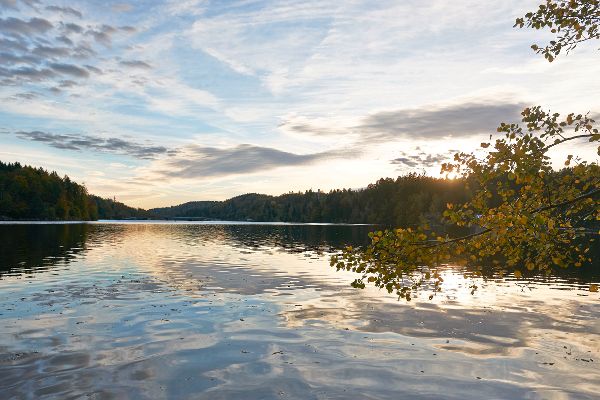Environmental objectives – quality target ordinances

Waters have to be protected, enhanced and regenerated in order to ensure that there won’t be any further deterioration of the status quo and that the “good status “ stipulated in the quality target ordinances will be reached in all bodies of water.
The European Water Framework Directive (EU- WFD) aims at protecting, enhancing and regenerating waters. In this context the compliance with the good water status serves as an objective and a yardstick. In the Directive it is defined via general criteria.
It is the task of the individual Member States to apply the general criteria to the existing water categories and types and to reach in this way the quality target for the water biology, to define precisely the general chemical-physical parameters, such as oxygen concentration and nutrient content, and certain pollutants.
Another requirement of the der Water Framework Directive is that the status of the water bodies must not deteriorate.
Chemical pollutants - surface waters
The Quality Target Ordinance Chemistry Surface Waters (QZV Chemie OG) has been in force since 2006. On the one hand, it defines the good status of surface waters in the form of environmental quality objectives. On the other hand, criteria for the assessment of the deterioration of a water status from a high to a good status are regulated.
The environmental quality objectives have been defined for the individual decisive pollutants in the form of concentration figures. The figures apply to all surface waters irrespective of their size. The environmental quality targets apply at all places of water bodies except for the immediate interference area below a discharge of wastewater.
Ecology - surface waters
The Quality Target Ordinance Ecology Surface Waters (QZV Ökologie OG) entered into force in 2020. Water ecology is type-specific and decisively marked by the interplay of biological, chemical and hydro-morphological components. These components are, according to the Water Framework Directive, to be applied as well for the assessment of the ecological status. The assessment takes place on the basis of the deviation of the water body from the natural status, largely unaffected by human interference (reference status) via a 5-class assessment system. The Quality Target Ordinance Ecology contains the parameters for the limits of the classes, with respect to the biological parameters, and also for the general chemical-physical parameters for the different types of Austrian water bodies.
In the Decree on the Quality Target Ordinance Ecology Surface Waters questions and fields of problems occurring in practice in connection with the Quality Target Ordinance Ecology Surface Waters are - without prejudice to the independent jurisdiction and without claiming to be exhaustive – discussed and concrete solutions are proposed.
Quantity and chemical substances - Groundwater
The Quality Target Ordinance Chemistry Groundwater (QZV Chemie GW) entered into force in 2010. According to the requirements of the EU WFD the quantitative aspect of the groundwater bodies identified all over the Austrian territory has to be documented comprehensively. Accordingly, a good quantitative status is reached if the mean annual water abstraction doesn’t exceed the available resources on the long run. Moreover, it has to be ensured as well that the respective status of the groundwater is not deteriorated by the abstractions.
For the purpose of protecting groundwater against pollution, threshold values for pollutants and criteria for the assessment of the chemical status of the groundwater have been defined. Furthermore, the Ordinance on the Protection of Groundwater against Deterioration and/or Pollution lays down prohibitions and restrictions of introduction.
Moreover, it defines criteria for the identification of monitoring and measure areas. In these areas the one, whose actions are responsible for the fact that identified pollutants have reached the groundwater is obliged to check his/her plant.